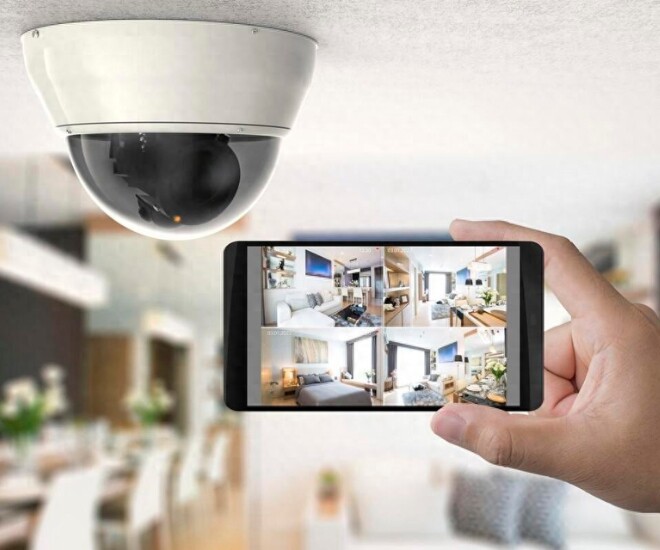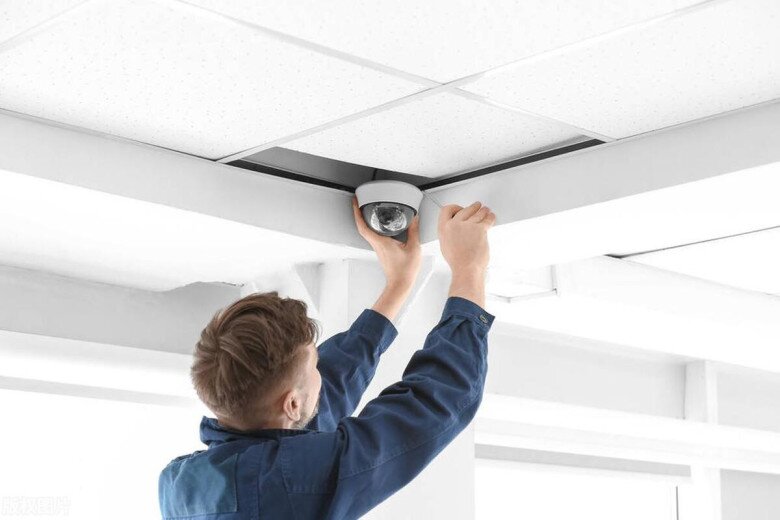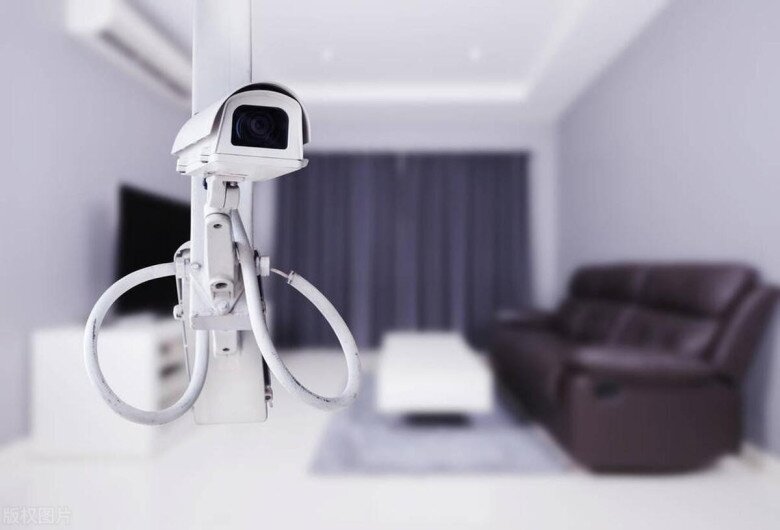However, there are compelling reasons to reconsider installing surveillance cameras indoors, and many may not realize these hidden risks until they hear expert analysis.

Illustrative image
1. Privacy Risks
One of the most significant concerns with indoor surveillance cameras is privacy. When cameras are connected to the internet, they become vulnerable to hacking. Numerous cases have emerged where home cameras were breached, leading to the leakage of private family videos and images.
Home is where everyone should feel safe and free. Installing cameras in private spaces like bedrooms or bathrooms exposes your personal life to risk. Everyday activities, from relaxation to private conversations, can be recorded and misused for blackmail or spreading sensitive information. This not only causes anxiety but can also damage personal and family reputations.
2. Negative Impact on Family Relationships
Indoor surveillance cameras can also strain family relationships. While the initial intent might be to protect children or monitor caregivers, continuous monitoring can foster distrust over time.
For example, if parents constantly monitor their children’s study sessions, it can make children feel untrusted and restricted, leading to resentment and tension. Similarly, between spouses, mutual monitoring can breed suspicion and unnecessary conflicts.
Living in a constantly monitored environment can also harm mental health. Studies show prolonged surveillance can lead to anxiety, depression, and even severe psychological issues.

Illustrative image
3. Legal Risks
Another critical factor is the legal risk associated with indoor surveillance cameras. While many install cameras to protect property, recording neighbors without consent can lead to legal issues.
Under new regulations, recording someone without permission can be considered a privacy violation and result in lawsuits. This not only causes legal trouble but can also damage neighborly relationships.
4. Safe Monitoring Alternatives
Despite these risks, there are reasonable ways to use surveillance technology without violating privacy or causing family stress.
– Install cameras in public areas: If you must use cameras, place them only in public areas like entrances. This allows you to monitor external activities without invading private spaces.
– Notify everyone: Inform family members and neighbors about the cameras. Transparency reduces misunderstandings.
– Use alternative security measures: Opt for non-invasive security solutions like alarm systems, smart locks, or other monitoring-free devices to protect your home without compromising privacy.

Illustrative image
The Parenting Expert: When Kids Act Out, Try the ‘Crow’s Law’ Method
By harnessing the power of the “Crow Law,” parents can unlock a more tailored approach to raising their children. This ancient wisdom offers a unique perspective on child-rearing, empowering parents to foster their offspring’s growth and development in a way that resonates with their individual needs and strengths. It is a tool that, when utilized effectively, can help parents create a nurturing environment that supports their children’s journey towards reaching their full potential.



































